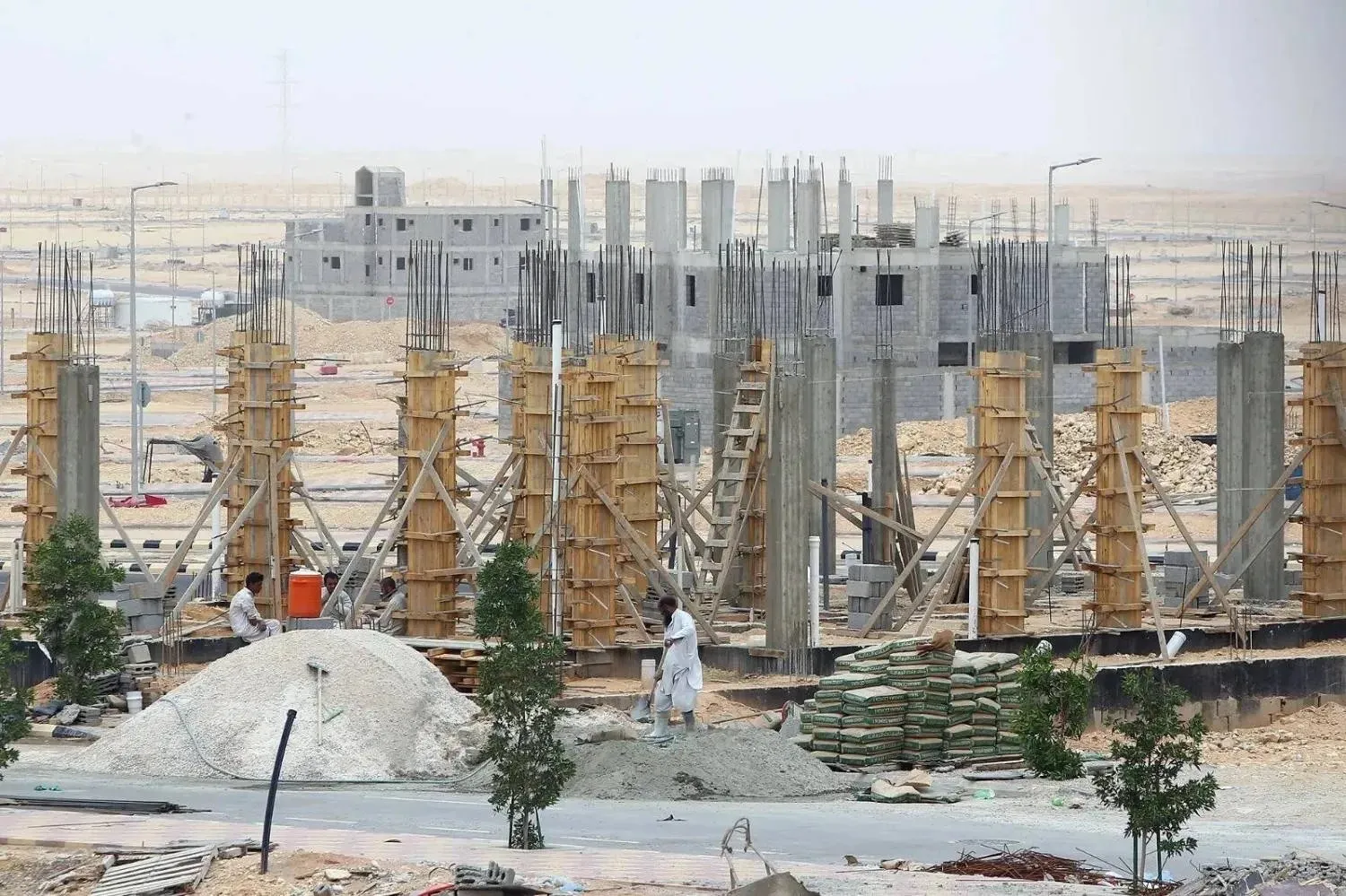The Saudi Cabinet approved on Tuesday the Kingdom’s financial technology strategy, a move that experts say would enable and activate modern means in the financial sector and attract local and foreign companies to work in an equipped infrastructure in the Kingdom.
Specialists explained that the strategy will organize the sector and put it on the right track for active participation in financial technology.
They also considered the strategy a great leap to prepare the infrastructure in the Kingdom to be ready to receive foreign investments working in this field and to reach the country's goals during the next stage.
Saudi Arabia's Minister of Communications and Information Technology Abdullah Alswaha said that with the support of the Kingdom's government, the new strategy will be a fundamental pillar to accelerate the growth of the digital economy in the country.
Saudi Central Bank (SAMA) Governor Fahad Almubarak emphasized that the financial sector is going through rapid changes, especially in the FinTech industry, which necessitates swift and collaborative action to keep pace with such changes, noting that the implementation of this strategy requires cooperation and joint efforts from all relevant stakeholders.
Capital Market Authority (CMA) Chairman Mohammed Elkuwaiz clarified that the strategy supports all financial technology activities through transformation engines combined with initiatives that support service providers and develop the sector’s infrastructure.
Mohammed Al Suwayed, CEO of Razeen Capital, highlighted the specialized role played by government agencies, especially the Ministry of Communications and Information Technology, the Capital Market Authority and the Central Bank of Saudi Arabia, in developing the financial technology sector.
Al Suwayed told Asharq Al-Awsat that government agencies are ensuring that FinTech activity in the Kingdom is based on international standards and a safe institutional ecosystem.
Saudi Arabia's adoption of an independent strategy in financial technology explicitly indicates that the Kingdom is organizing this sector and placing it on the path of active participation in the financial sector in its broadest sense, he added.
The new strategy is in line with the supreme directive for Saudi Arabia to be among the leading countries in the field of FinTech, with Riyadh becoming a global tech hub.
It is included as a new pillar within the Saudi Vision 2030's Financial Sector Development Program (FSDP), which is aimed at developing the national economy, diversifying sources of income and enabling financial institutions to support private sector growth by giving new companies the opportunity to provide financial services.









